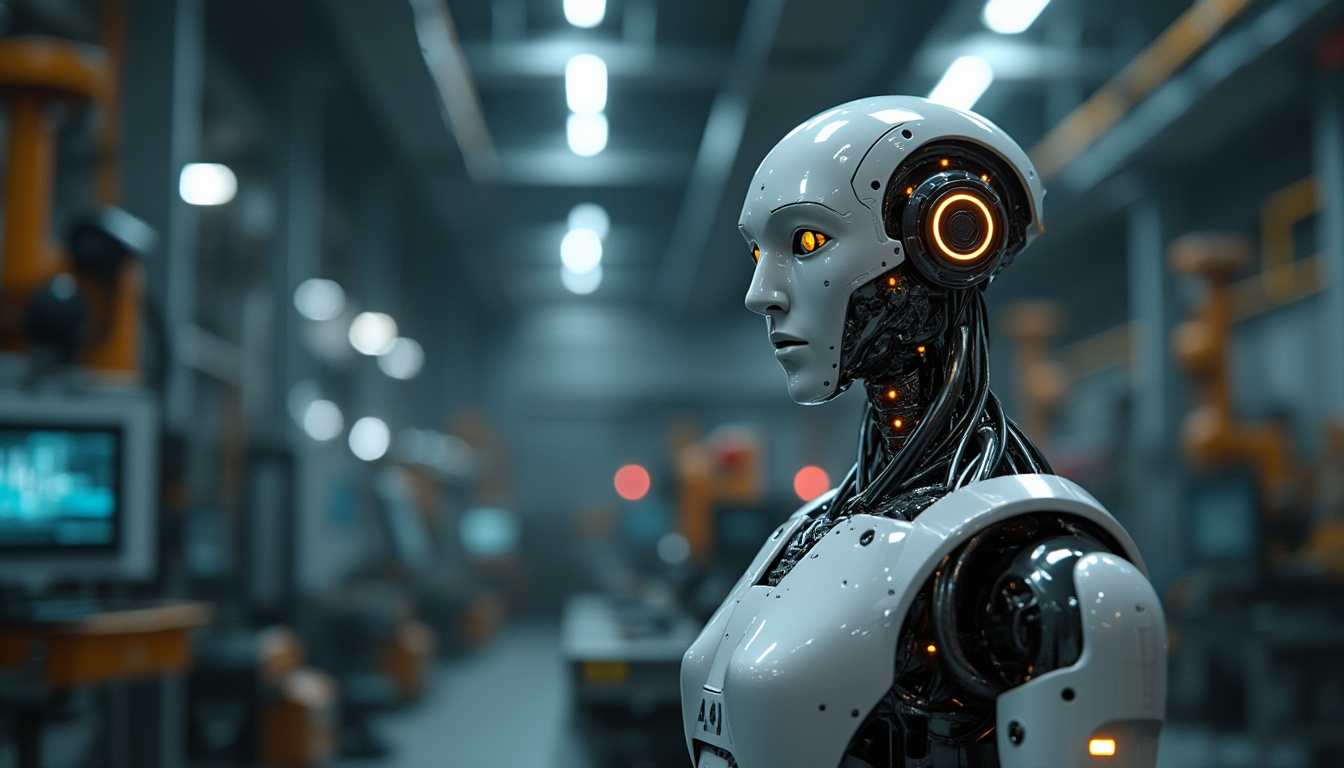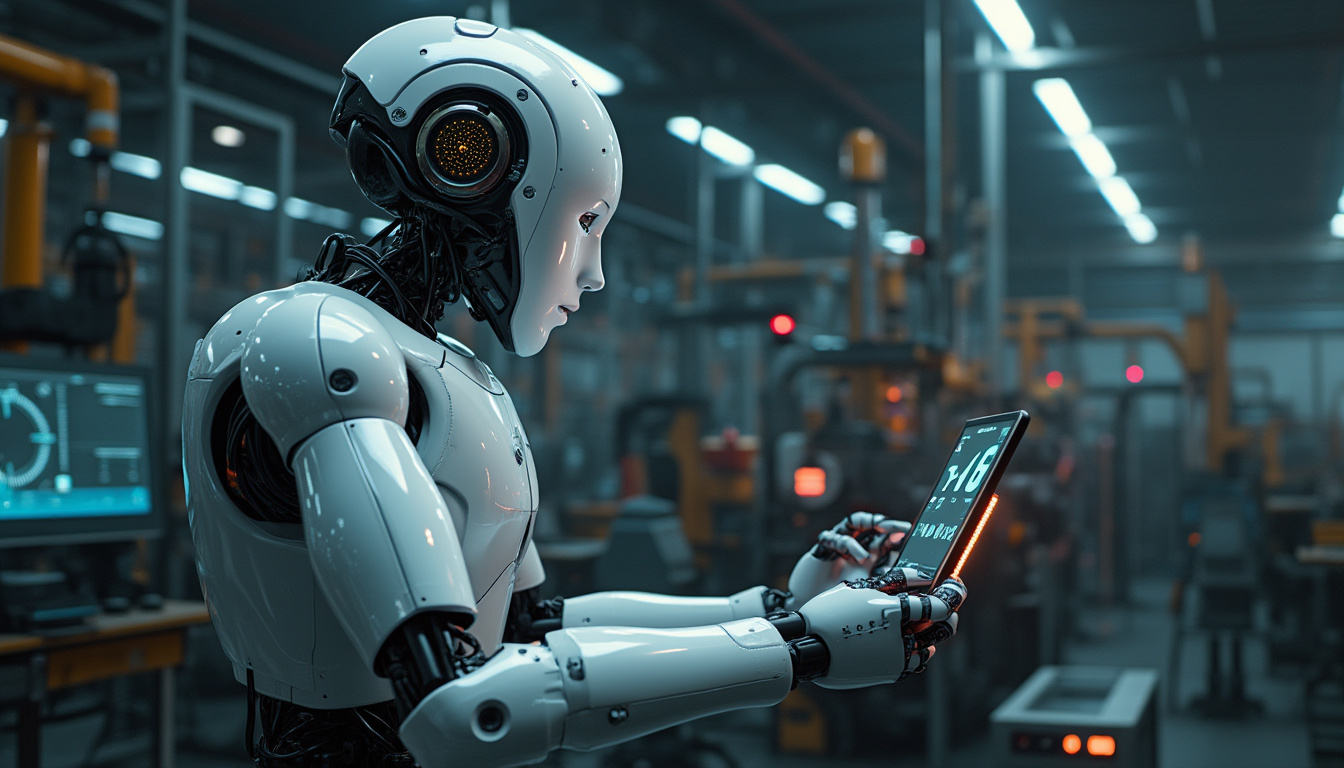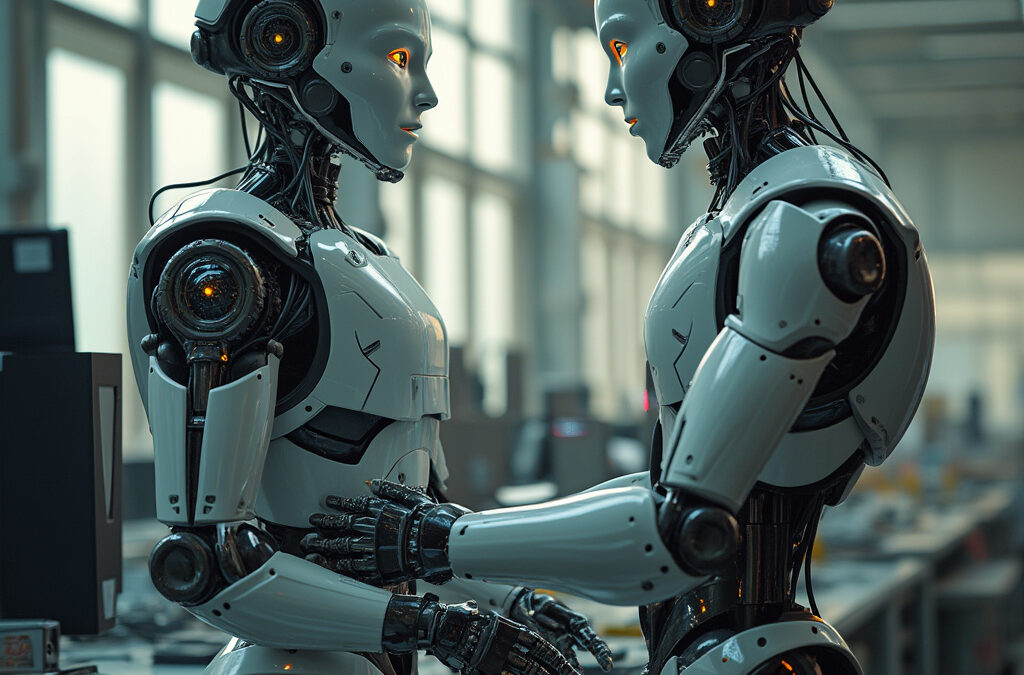Meta Plans Investments Into AI-Driven Humanoid Robots, Memo Shows
In a bold move that underscores its commitment to advancing artificial intelligence, Meta has announced plans to invest in AI-driven humanoid robots. This strategic decision, revealed through an internal memo, signals a significant step forward in the tech giant’s pursuit of artificial general intelligence (AGI).
The partnership with Figure AI, a startup specializing in humanoid robots, aims to create intelligent agents capable of performing complex tasks autonomously. These AI-powered robots are designed to revolutionize industries by taking on roles traditionally held by humans.
A New Frontier in Artificial Intelligence
Meta’s investment marks a leap into the uncharted territory of AI-driven humanoid robots. This move is part of the company’s broader ambition to develop AGI, which refers to AI systems capable of reasoning and learning like humans.
The collaboration with Figure AI is expected to pave the way for the creation of digital employees that can work alongside humans or independently. These AI-driven robots promise to bring about increased efficiency, reduced labor costs, and 24/7 operational capabilities.
Impact on Business and Society
The introduction of AI-driven humanoid robots could transform the workforce. While the technology offers immense potential, it also raises concerns about job displacement and the ethical use of AI.
As businesses consider the integration of these digital employees, they must also address the challenges associated with AI adoption. These include ensuring transparency, reducing bias, and establishing ethical guidelines for the use of AI in the workplace.

The Broader Context of AI in the Workplace
Meta’s investment in AI-driven humanoid robots is part of a larger trend where tech giants are racing to develop AI-powered solutions for real-world tasks. A recent report by McKinsey & Company highlights the transformative potential of AI in the workplace, comparing it to the impact of the steam engine during the 19th-century Industrial Revolution.
Key Developments in AI
1. Enhanced Intelligence and Reasoning Capabilities: AI models are becoming increasingly intelligent, with large language models (LLMs) demonstrating advanced reasoning capabilities, capable of multistep problem-solving and nuanced analysis.
2. Agentic AI: AI agents are now capable of acting autonomously, completing complex tasks across workflows. For example, AI agents can converse with customers and plan subsequent actions, such as processing payments and checking for fraud.
3. Multimodality: AI models are evolving to process diverse data types, including text, audio, and video. This multimodal capability allows for more human-like interactions and advanced data processing.
4. Hardware Innovation: Specialized chips and increased computational power are enhancing AI performance, enabling real-time applications and scalability.
5. Increased Transparency: AI models are becoming more transparent and explainable, critical for improving AI safety and reducing bias.
Challenges and Opportunities
While AI has immense potential, its deployment faces challenges. Most companies are still in the early stages of AI adoption, with only 1% of leaders describing their companies as “mature” in AI deployment. The biggest barrier to success is leadership, with 92% of companies planning to increase their AI investments over the next three years.

Conclusion
Meta’s investment in AI-driven humanoid robots represents a significant step in the race toward artificial general intelligence (AGI). By collaborating with Figure AI, the company aims to create intelligent agents capable of performing complex tasks autonomously, which could revolutionize industries and redefine the future of work. While the potential benefits of increased efficiency and reduced labor costs are substantial, the integration of these digital employees also raises important questions about job displacement, ethical use, and transparency. As businesses move forward with AI adoption, addressing these challenges will be crucial to ensuring a balanced and ethical transition into the age of AI.
FAQ
What is artificial general intelligence (AGI)?
Artificial general intelligence (AGI) refers to AI systems capable of reasoning, learning, and performing tasks across a wide range of activities, similar to human intelligence.
How do AI-driven humanoid robots differ from traditional robots?
AI-driven humanoid robots are designed to operate autonomously, using advanced AI to perform complex tasks, learn from interactions, and adapt to new situations, unlike traditional robots that rely on pre-programmed instructions.
Will AI-driven humanoid robots replace human workers?
While AI-driven robots could automate certain tasks, they are also expected to work alongside humans, enhancing productivity rather than fully replacing jobs. However, businesses must address the potential for job displacement and ensure ethical implementation.
What are the key ethical considerations for AI in the workplace?
Key ethical considerations include ensuring transparency, reducing bias, preventing job displacement, and establishing clear guidelines for the responsible use of AI in business operations.

